CERN Courier May/Jun 2025

Welcome to the digital edition of the May/June 2025 issue of CERN Courier.
Should a Higgs factory be a linear or circular electron–positron collider? Intriguingly, the key strategic technology may be the same in either case. Klystrons consume the majority of power at electron–positron colliders of all mature designs. The trouble is that they are typically only 60% efficient. In our cover feature, Igor Syratchev and Nuria Catalan Lasheras describe CERN’s pursuit of 90% efficiency – a feat that would have major implications for the environmental sustainability and cost effectiveness of any Higgs factory (p30).
Klystrons date back to the development of radar in the run-up to World War II. Remarkably, astroparticle physicists are now trying to use radar to detect not enemy aircraft but ultra-high-energy neutrinos. The technology is different, but the underlying principle is the same.
This is just one facet of the ambitious global strategy described by Lu Lu of the University of Wisconsin–Madison in her feature on future neutrino observatories. Only one ultra-high-energy neutrino has been observed so far. Lu describes plans for a worldwide network of observatories offering full-sky coverage. The reward will be cosmic messengers that slice through dust and magnetic fields to point to the most extreme environments in the universe – and energies that are inconceivable in terrestrial colliders (p23).
Elsewhere in these pages: CERN’s Verena Kain explains why AI-based automation is the future of accelerator operation (p35); Beate Heinemann describes her strategy for DESY’s future (p41); LHC researchers debate an unexpected pseudoscalar excess at the top–antitop threshold (p7); DESI suggests dark energy may be evolving (p11); an analysis of community inputs to the European Strategy for Particle Physics (p8); how to get a job in machine learning (p47); and much more.
